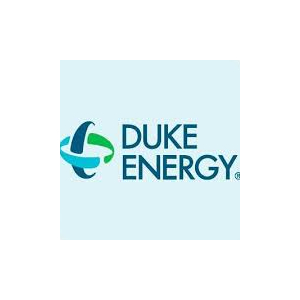Job Description
Summary
This position is responsible for the development, utilization and maintenance of the necessary models, procedures and systems required for modeling the economics of a large diverse regulated thermal and renewable generation fleet and a multi-commodity fuel & power portfolio. Applications in this domain include forecasting fuel requirements, evaluating the grid impact of renewables, optimizing economics of battery storage and more. The models developed may involve linear & non-linear optimization of unit commitment and dispatch, regression analysis, time series forecasting, derivative pricing, stochastic simulation of markets, renewables & demand, trade valuation and dynamic hedging, These models should be developed in a manner in which statistical analysis, model parameterization, stress testing, back testing, and scenario analysis are streamlined and easily performed.
Responsibilities
Develop new quantitative models to solve business problems related to the economics of power generation, using techniques such as Monte Carlo simulation, time series forecasting, regression, mathematical optimization
Take ownership of existing or new models and analytic tasks. Evaluate assumptions, accuracy, and performance of models. Frequently update/maintain models as technical and business requirements change
Serve as quantitative liaison for analytic requests from business partners within organization including power traders, fuel procurement, production cost modelers and resource planning analysts
Present quantitative models and analyses to technical and business audiences. Communicate/educate and train at all levels in the organization
Follow best practices for model governance and business continuity including version control, robustness/fault tolerance, model documentation, and peer training
Ensure all work products and reports comply with both internal and external audit requirements
Research and keep abreast of the latest developments in tools and techniques for quantitative analysis
Duke Energy
Charlotte, NC
Duke Energy Corporation, together with its subsidiaries, operates as an energy company in the United States. It operates through three segments: Electric Utilities and Infrastructure, Gas Utilities and Infrastructure, and Commercial Renewables. The Electric Utilities and Infrastructure segment generates, transmits, distributes, and sells electricity in the Carolinas, Florida, and the Midwest; and uses coal, hydroelectric, natural gas, oil, renewable sources, and nuclear fuel to generate electricity. It also engages in the wholesale of electricity to municipalities, electric cooperative utilities, and other load-serving entities. This segment serves approximately 7.7 million retail electric customers in 6 states in the Southeast and Midwest regions of the United States covering a service territory of approximately 95,000 square miles; and owns approximately 50,880 megawatts (MW) of generation capacity.
The Gas Utilities and Infrastructure segment distributes natural gas to residential, commercial, industrial, and power generation natural gas customers; and owns, operates, and invests in various pipeline transmission and natural gas storage facilities. It has approximately 1.6 million customers, including 1.1 million customers located in North Carolina, South Carolina, and Tennessee, as well as 531,000 customers located in southwestern Ohio and northern Kentucky.
The Commercial Renewables segment acquires, owns, builds, develops, and operates wind and solar renewable generation projects, including nonregulated renewable energy and energy storage services to utilities, electric cooperatives, municipalities, and commercial and industrial customers. This segment has 21 wind and 100 solar facilities and 1 battery storage facility with a capacity of 2,991 MW across 19 states. The company was formerly known as Duke Energy Holding Corp. and changed its name to Duke Energy Corporation in April 2005. Duke Energy Corporation is headquartered in Charlotte, North Carolina.
-
IndustryEnergy/Utilities
-
No. of Employees30, 083
-
Website
-
Jobs Posted229


